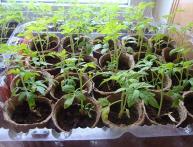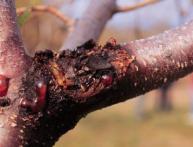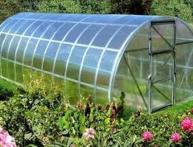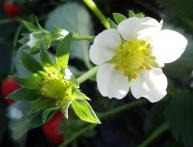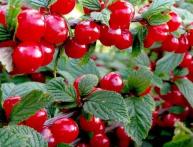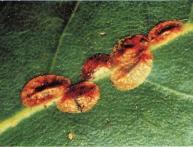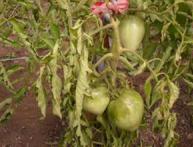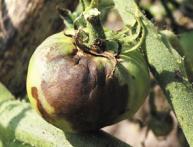Curling of tomato leaves. Causes of twisting

Curling of leaves in tomatoes usually occurs when the temperature and humidity conditions are disturbed. At excessively high (more than 35 degrees) temperatures, the breakdown of available nutrients occurs much faster, and their accumulation and absorption is greatly reduced.
Curling of leaves in tomatoes occurs due to their fasting. Often a similar situation occurs in a film greenhouse; the roots are still in fairly cold soil, and the upper part is experiencing high-temperature stress. Therefore, in hot weather it is necessary to ventilate the greenhouse and shade the plants.
In addition, tomato leaves curling down is the first sign of damage. bacterial cancer. At the same time, the lower leaves of the tomatoes wither and turn brown, and then dry out. Cracks and sores are visible on the stems and lower parts of leaf petioles. When cutting the stem, a brown ring of vessels affected by bacteriosis is visible.
Another reason for the curling of leaves in tomatoes lies in phosphorus starvation, in which the upper part of the tomato leaves becomes gray-green and the veins become purple-red. Curling down of older leaves indicates excess zinc. If young leaves curl, there is a deficiency of copper, sulfur, and boron. If the leaves curl upward, this is a sign of low potassium content. The leaves begin to become smaller, the growing point dies, and the fruits are affected by blossom end rot.Insufficient potassium causes leaf edges to curl downward. The result of this is rapidly developing necrosis: small veins turn pale, and the leaves gradually begin to turn brown.

